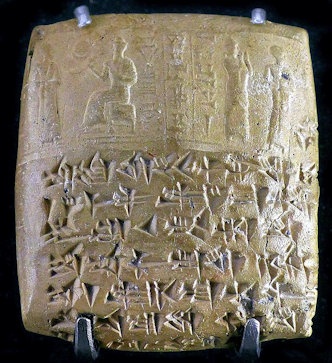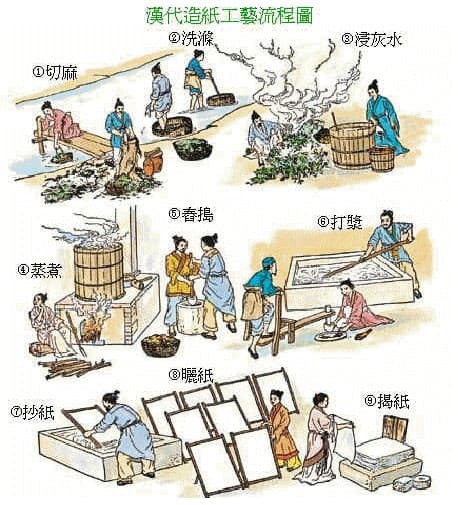
The invention of the Phoenician alphabet tablets from the 1500 inspires me because I can’t believe how something written on stone is still here in the world’s culture today. The aramaic incantation bowls look so cool to me, it looks just like a piece of antique art. In Greece they carved the alphabet onto pots or bowls which sparked my interest. It makes me wonder why they didn’t display it on a sacred stone and instead a rounded bowl with handles. The phoenician alphabet tablet looks like a valued piece of metal that is almost like a sacred piece of language. Did they incorporate the alphabet into their bowls so it could be taught to everyone at every meal? I assumed language at this time was an amazing evolution in time so I can’t help but wonder if they ate out of the bowls since it seems informal to me. I do think it could have simply been a decoration pot like a vase.

Pictographs were created to show ideas through symbols.
Asian script is based on pictograms which is interesting to me because in design we can use pictographs to get a message across without using words. A lot of the pictographs represent an idea. Chaiku-wen writing was found written on bones which makes me wonder if it is easy to carve symbols into bones. It is said that Cangie got the idea to make an alphabet when he discovered there were new trends of communication being developed around the world. I wonder how this information traveled and how they communicated before. The fact that there are 40,000-50,000 characters is unbelievable to me. I understand a lot of the language faded when they stopped being widely recognized but it is asstounding to me that the common characters in the language now are very well known and can be understood by anyone who understands the language. South America had a different way of displaying their language, I wish I could go back in time to question their decisions. In South America they created inca quipu which is their language written on long thin ropes, it is sad that it got destroyed because there was probably so much information about their culture on those ropes. If the only materials they had on hand were ropes I assume the writing was very small. I would love to do more research on this because it really surprised me.

The slide about paper making in China is engaging because I never thought about how paper was made, in the picture it is being made in water which seems conflicting to me. It seems like it was a lengthy process and was hard to make because after trading began happening and paper was being traded to different countries, places like England weren’t able to recreate it so they kidnapped people who knew how to make it for their benefit. I can’t believe paper-makes were kidnapped, it is terrible and excessive but I can try to understand how it might be helpful in their time. Paper is really a huge invention especially when you’re used to using animal skins which is not an abundant material. I assume not being able to make it must have been frustrating.
Writing comments from Patrick
The writing shows strong interest in the subject matter but seems to wander without overall structure. Suggest writing an outline and putting in more subheads (Phoenician, Asian, Paper Making — and the connection between them). Also suggest using Grammarly. It willl correct awkward sentences and misspelling as well as point out where capitals are needed.